Uncovering the mysteries of our past has always been a fascinating pursuit for humans. From exploring hidden caves and discovering ancient artifacts to deciphering cryptic scripts and unlocking the secrets of lost civilizations, the quest to understand our history continues to captivate and inspire us.
While many people spend their entire lives searching for the next big discovery, some just stumble upon them. Some of the most important archaeological discoveries in history were made by normal people through sheer luck. These are the stories behind history’s most amazing accidental archaeological discoveries.
1.Terracotta Army: Found by Farmers
Few archaeological discoveries have been as amazing, or as surprising, as that of the Terracotta army . The Terracotta Army is a massive collection of life-size terracotta sculptures that depict the armies of Qin Shi Huang , China’s first Emperor and a man obsessed with gaining immortality.
The army was created over 2000 years ago during the Qin dynasty (221-206 BC). It was buried with Qin when his quest for immortality failed (and perhaps even killed him) and he died. The army was built to protect him in the afterlife.
It lay buried and forgotten until 1974 when it was discovered by a group of Chinese farmers. Yang Zhifa, his brothers, and a neighbor, Wang Puzhi, were digging a well near the city of Xi’an in China’s Shaanxi province when they stumbled upon a pit containing strange terracotta fragments. They quickly realized they’d found something special.
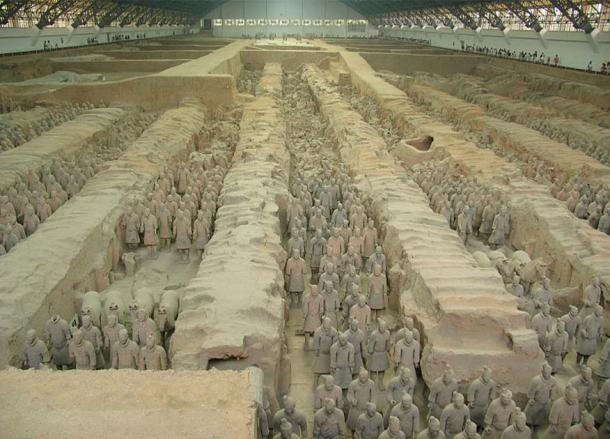
Terracotta Warriors and Horses, is a collection of sculptures depicting the armies of Qin Shi Huang, the first Emperor of China. Xi’an, China. (Aneta Ribarska/ CC BY-SA 3.0 )
People had been reporting pieces of terracotta figures in the region for centuries and so archaeologists were brought in to investigate. They discovered an enormous underground complex that contained thousands of life-sized terracotta warriors, horses, and even chariots. It’s believed the complex spans around 22,000 square meters with many areas still being left undiscovered.
The discovery of the Terracotta Army has been hailed as one of the most important archaeological finds of the 20th century. The figures are not only historically significant, but they also provide a unique insight into the art and culture of the Qin Dynasty. Today, the Terracotta Army is a UNESCO World Heritage site and a major tourist attraction in China.
2.Rosetta Stone: Was Nearly Used to Patch a Wall
It really is complete dumb luck that the Rosetta Stone was ever rediscovered. The stone is a large, black granite slab measuring around 3 feet tall and two feet wide. Upon it is inscribed a decree issued at Memphis in 196 BC on behalf of King Ptolemy V .
What makes the stone so special is that the decree was written in three scripts: Egyptian hieroglyphs, Demotic script, and Ancient Greek. This meant the stone could be used to decipher ancient Egyptian hieroglyphs which had been stumping historians for centuries.
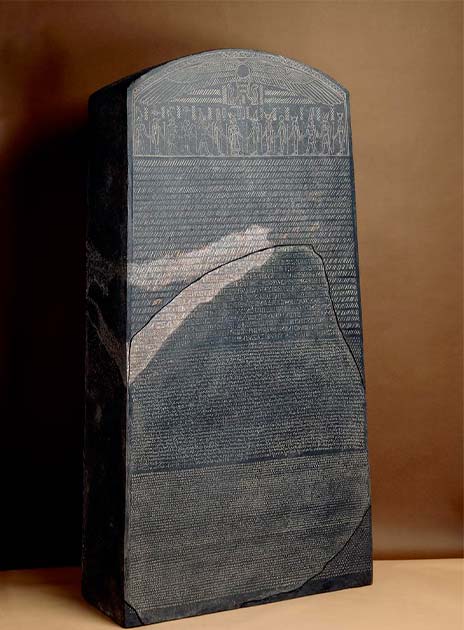
The Rosetta Stone Trilingual decree: Egyptian Hieroglyphic (14 lines), Demotic (32 lines) and Greek (53 lines). ( The Trustees of the British Museum )
The stone was discovered on 15 July 1799 by Lieutenant Pierra-Francois Bouchard of the French army. He was overseeing the repair of an old fort near the town of Rosetta (now Rashid) in the Nile Delta when he noticed one of the stones his soldiers were going to use to patch a wall was covered in strange inscriptions.
Bouchard recognized its potential historical significance and reported the stone to his commander, General Jacques-Francois Menou. From there it was sent to Napoleon’s scientific institute in Cairo, the Institut d’Égypte where it was quickly revealed just how big a find the stone was.
After the French were defeated by the British in 1801, the Rosetta Stone became British property and was taken to the British Museum in London, where it remains on display to this day. Its discovery was a major breakthrough in the study of ancient Egyptian history and language and provided valuable insights into the culture and politics of the time.
3.The Dead Sea Scrolls: Unearthed by a Bored Shepherd
Another amazing find, the Dead Sea Scrolls are a collection of Jewish texts that were discovered in the mid-20th century near the Dead Sea, in the West Bank area of Israel. The discovery was made by a young Bedouin shepherd called Muhammad edh-Dhib and his cousin, Jum’a Muhammed, who were tending to their goats in the area.
According to the young men’s accounts, Muhammed noticed the caves and the curious edh-Dhib decided to go in and have a look. Inside he noticed some old-looking jars. He broke one of them open and found several scrolls (which turned out to be the Isaiah Scroll, Habakkuk Commentary, and Community Rule).
He took the scrolls back to his camp where they were put on display while everyone decided what to do with them. They eventually decided to sell them, but the first dealer they approached was unimpressed. He informed the Bedouins the scrolls were worthless; most likely having been stolen from a Synagogue.
They eventually found a dealer willing to buy them and the scrolls fell into the hands of John C. Trever of the American Schools of Oriental Research. He realized how significant they really were and had them transported to Beirut in Lebanon for safekeeping.
Over the next few years, a total of 11 caves in the area were discovered to contain more than 900 texts, including fragments of every book of the Old Testament except for the book of Esther. The scrolls were written in Hebrew, Aramaic, and Greek, and date back to the period between 250 BC and 68 AD.
The Dead Sea Scrolls are considered to be one of the most significant archaeological finds of the 20th century, as they shed new light on the development of Judaism and the early Christian Church . They contain copies of many biblical texts, as well as non-biblical works, such as prayers, hymns, and commentaries. Today, many of the Dead Sea Scrolls are on display at the Israel Museum in Jerusalem.

Then Sea scrolls are a collection of psalms and hymns, comprising parts of forty-one biblical psalms. ( CC BY-NC-SA 2.0 )
4.Lascaux Cave Paintings: Sniffed Out By A Boy and His Dog
The Lascaux Cave Paintings are a collection of prehistoric art that was rediscovered on 12 September 1940 by four teenage boys, Marcel Ravidat, Jacques Marsal, Georges Agnal, and Simon Coencas in southwestern France.
The cave was initially discovered when Marcel was walking his dog in the area and his dog started sniffing at a hole that had been left by an uprooted tree. Intrigued, Marcel returned later that day with his friends to investigate.
Believing they had found a legendary secret passage to a nearby manor the boys entered through a 15-meter-deep (50-ft) shaft. Instead of a hidden passage, they found a cave whose walls were covered with strange depictions of animals such as horses, bulls, deer, and bears as well as human figures, odd symbols, and geometric shapes.
Amazed, the boys ran and reported the discovery to their schoolteacher, who notified the authorities, and the cave was soon made open to the public. The Lascaux Cave quickly became a popular tourist attraction and was visited by thousands of people every year.
This proved to be a problem. The influx of visitors caused considerable damage to the cave’s fragile environment and in 1963 the French government was forced to close the cave to the public. A replica cave, known as Lascaux II, was built nearby, and opened to visitors in 1983.
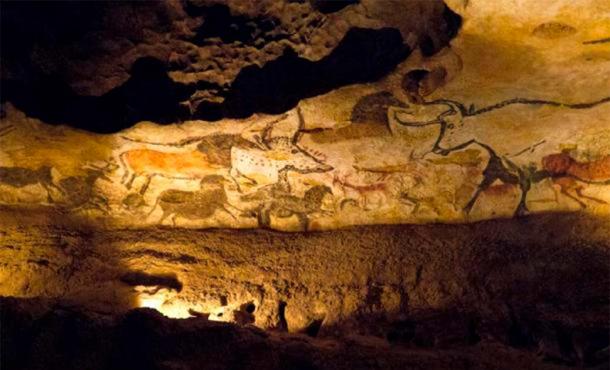
Paintings on the walls at Lascaux Cave. (Adibu456 / CC BY-SA 2.0 )
5.The Stone Spheres of Costa Rica: Discovered Through Deforestation
The problem with accidental discoveries is people don’t always realize, or really care, what they’ve found. The Stone Spheres of Costa Rica is a collection of over 300 spherical stones that were discovered in the Diquis Delta region of Costa Rica in the 1930s. The stones all vary with some just being a few centimeters in diameter while others are over two meters in size and can weigh up to 15 tons.
Several stone spheres of the Diquís exhibited at Museo Nacional de Costa Rica. For comparison purpose, the image on the wall shows the diameter of the biggest recorded stone sphere, 2.66 metres (8.7 ft)
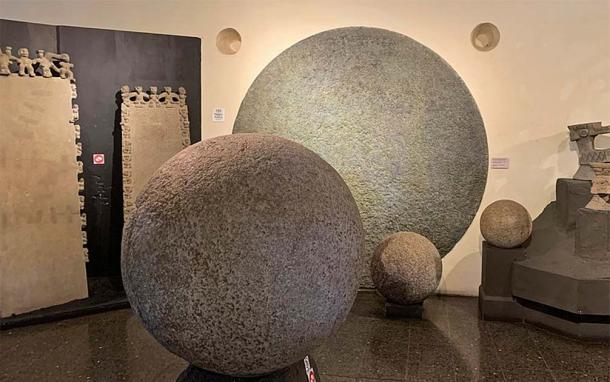
Stone spheres of the Diquís in Museo Nacional de Costa Rica. The image on the wall shows the diameter of the biggest recorded stone sphere, 2.66 m (8.7 ft) (Mariordo/ CC BY-SA 4.0 )
The stones were discovered in the 1930s when the United Fruit Company was clearing the jungle for banana plantations. Not exactly known for respecting the local environment, when the workers came across these strange stones, they simply used bulldozers and other heavy equipment to knock them out of their way, damaging them.
Even worse, inspired by old stories of hidden gold, workmen drilled holes into the spheres and blew them open with sticks of dynamite. Several spheres had been completely destroyed by the time news of the discovery had reached local authorities.
The first scientific investigation into the stones was carried out by Doris Stone (ironically), the daughter of a high-level United Fruit executive. The publication of her initial findings in American Antiquity led to other experts visiting the area to carry out their own excavations.
It’s believed the stones may have been created by the extinct Diquis culture (a pre-Columbian indigenous people of Costa Rica who thrived there from 700-1530 AD). Their purpose is unknown, but it’s thought the spheres may have been placed in lines along the approach to the homes of local chiefs although this has never been confirmed.
The stones were declared a UNESCO World Heritage site in 2014 and have become a major tourist attraction in Costa Rica . Many of the stones have been moved from their original locations over the years, and some have been damaged or destroyed, but efforts are underway to preserve the remaining stones and their cultural significance.
6.The Cave of Altamira: Too Good to Be True
Sometimes an accidental discovery is so amazing that experts refuse to believe it is real. This is what happened in the case of the Cave of Altamira , a prehistoric cave located in northern Spain that is famous for its stunning collection of Paleolithic cave paintings . The cave was discovered in 1868 but it wasn’t until the early 20th century that historians began taking it seriously.
The cave was first discovered by a local hunter called Modesto Cubillas. This initial discovery led to an amateur archaeologist, Marcelino Sanz de Sautuola, visiting the cave the following year. It was his 8-year-old daughter who actually led him to discover the paintings.
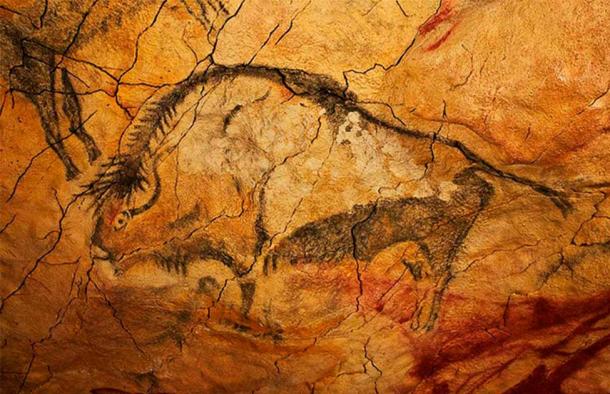
Bison from Magdalenian occupation of Altamira Cave. c. 16500 – 14000 years ago. ( CC BY-SA 3.0 )
He published his findings, and the cave was excavated by two archaeologists from the University of Madrid. In an 1880 publication, they stated the paintings were Paleolithic in origin.
The piece was widely ridiculed. The art in the caves was deemed to be of too high a quality to be so old and their exceptional conservation raised suspicions. Sautuola was accused of forging the paintings and paying a local artist to paint them.
It wasn’t until the early 20th century, when French archaeologist Henri Breuil visited the cave and confirmed the authenticity of the paintings, that they were finally recognized as one of the greatest examples of prehistoric art in the world. Some of Marcelino Sanz de Sautuola’s initial critics backed down and admitted their mistake, but it was too little too late. Sautola had died 14 years earlier.
7.Otzi the Iceman Mummy: Found by Hikers
While most accidental discoveries must be pretty exciting, some of them are a little scary. Ötzi the Iceman is a mummified human corpse that was discovered in the Ötztal Alps on the border between Austria and Italy in 1991. The mummy is believed to be around 5,300 years old, making it one of the oldest and best-preserved human corpses ever found.
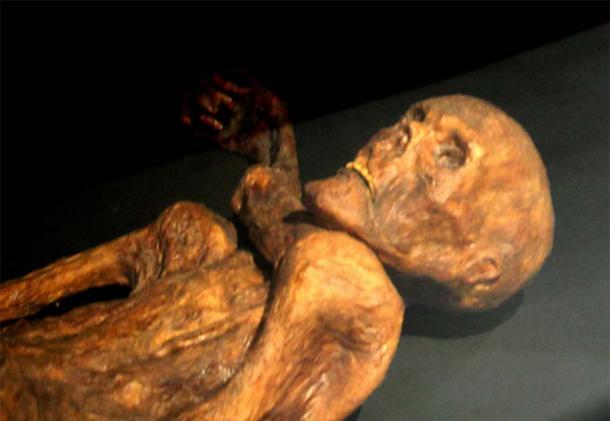
Reconstruction of the Iceman. Prehistory Museum of Quinson, Alpes-de-Haute-Provence, France. ( CC BY SA 3.0 )
He was discovered by a couple of German hikers, Helmut and Erika Simon who found him sticking out of a melting glacier. It was initially thought the mummy was the body of a mountaineer who had died on the mountain, but Otzi was soon determined to be a prehistoric human from the Copper Age (around 6000 BC).
Ötzi’s remains have been extensively studied by scientists, who have been able to learn a great deal about his life and times. It is believed that he was a man in his mid-40s who was about 1.6 meters (just over 5 ft) tall and weighed around 50 kilograms (110.2 lb). He had brown eyes, a beard, and long hair.
From his clothing and equipment, it has been deduced that Otzi was most likely a skilled hunter and craftsman who was remarkably well-equipped for survival in the harsh alpine environment. He was found with a variety of tools and weapons, including a copper ax, a quiver of arrows, and a wooden bow. Ötzi also had several tattoos on his body, which may have had symbolic or medicinal significance.
Ötzi’s body and artifacts now sit in the South Tyrol Museum of Archaeology in Bolzano, Italy, where they are on display for all to see. The discovery of Ötzi has provided valuable insights into the life of prehistoric humans and has shed new light on the ancient history of Europe.
Conclusion
These amazing discoveries are proof that we never know what we’re going to stumble across next. It’s amazing to think that if it were not for pure chance, many of these incredible discoveries would never have been made.
These discoveries have helped us to better appreciate the achievements and experiences of our ancestors, while also providing insights into the evolution of our species. They have demonstrated the incredible diversity and ingenuity of human cultures across time and geography and have inspired generations of explorers and scholars to continue uncovering the secrets of our past.
So, whether you’re walking your dog, working in a field, or going for a nice long hike, keep your eyes peeled. You never know what you’ll find or how you might accidentally change history as we know it.
Top image: Montage of 7 most amazing discoveries in history images. Source: Credited in article body
Source: ancient-origins.net








